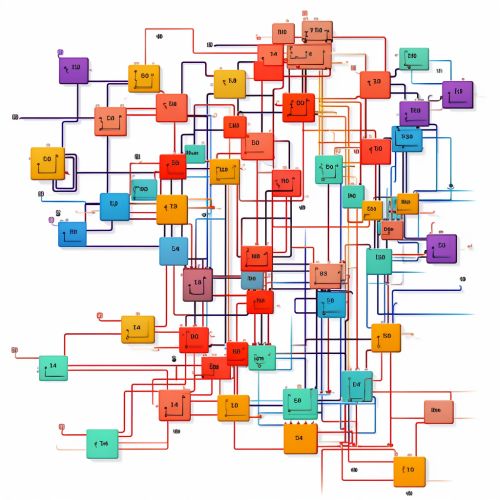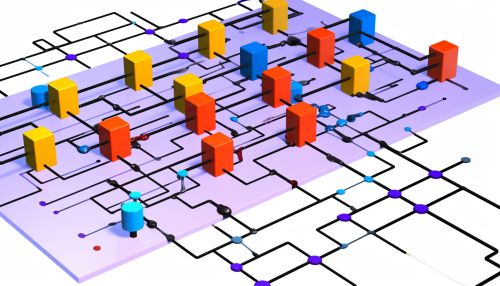Data Structure
Introduction
A data structure is a specialized format for organizing, processing, retrieving and storing data. While there are several basic and advanced types of data structures, any data structure must be able to store and provide access to data efficiently. The basic types of data structures include the array, the linked list, the stack, the queue, the tree, the hash table, and others. Advanced types include the binary tree, B-tree, hash map, and others.


Basic Data Structures
Array
An array is the simplest and most widely used data structure. It is a collection of elements identified by index or key values. The elements in an array are usually of the same type, such as an integer or string. Arrays can be either one-dimensional (like a list) or multi-dimensional (like a table or matrix).
Linked List
A linked list is a linear data structure where each element is a separate object. Each element (node) of a list consists of two items - the data and a reference to the next node. The last node has a reference to null, indicating the end of the chain.
Stack
A stack is a basic data structure that can be logically thought of as a linear structure represented by a real physical stack or pile, a structure where insertion and deletion of items takes place at one end called the top of the stack. The basic concept can be illustrated by thinking of your data set as a stack of plates or books where you can only take the top item off the stack in order to remove things from it.
Queue
A queue is another common data structure that places elements in a sequence, similar to a stack. However, while a stack is a LIFO (last in, first out) structure, a queue is a FIFO (first in, first out) structure. Elements are inserted at the end (rear) and are removed from the beginning (front).


Advanced Data Structures
Binary Tree
A binary tree is a tree data structure in which each node has at most two children, which are referred to as the left child and the right child. Binary trees are used to implement binary search trees and binary heaps, and are used for efficient searching and sorting.
B-Tree
A B-tree is a self-balancing tree data structure that maintains sorted data and allows for efficient insertion, deletion, and search operations. It is most commonly used in databases and file systems.
Hash Map
A hash map, also known as a hash table, is a data structure that implements an associative array abstract data type, a structure that can map keys to values. Hash tables use a hash function to compute an index into an array of buckets or slots, from which the desired value can be found.


Applications of Data Structures
Data structures are essential in almost every aspect of computing, from operating systems to database systems, from compilers to network software. The choice of data structure often begins from the choice of an abstract data type. A well-designed data structure allows a variety of critical operations to be performed, using as few resources, both execution time and memory space, as possible.
